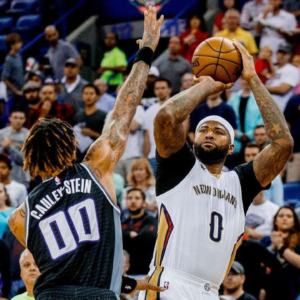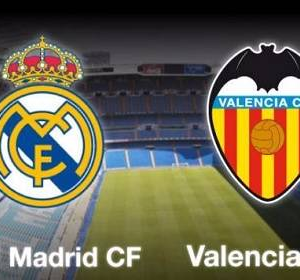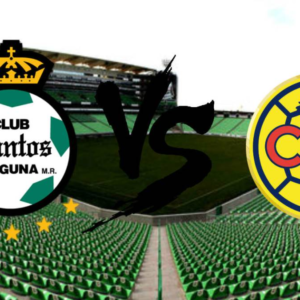France and tennis – a love story that has captivated the world for over a century. From the elegant baselines of Suzanne Lenglen to the relentless power of Yannick Noah, French players have etched their names in the annals of tennis history.
This article delves into the rich tapestry of French tennis, exploring the pioneers, the legends, and the current generation who continue to carry the torch.
Early Days: Setting the Stage
Tennis, much like its birthplace (England), initially found a foothold among French aristocracy in the late 19th century. The first French Tennis Championship, held in 1891, was a club-level event reserved for men. Yet, the seeds of future success were sown.
Max Decugis, a four-time Olympic gold medalist in doubles (1900, 1904, 1912, 1920), emerged as a pioneer, showcasing a well-rounded game and remarkable longevity. Suzanne Lenglen, however, revolutionized the sport in the 1920s.
Suzanne Lenglen: The Inimitable “La Divine”
Lenglen transcended the game. Her athleticism, coupled with an attacking style built on powerful groundstrokes and a devastating volley, made her virtually unbeatable. She dominated the Roaring Twenties, winning an astonishing 31 Grand Slam singles titles between 1914 and 1926.
Her iconic on-court presence, with her signature headband and long, flowing dresses, earned her the nickname “La Divine” (The Divine One). Lenglen’s influence extended beyond the court. She popularized the sport for women and paved the way for future generations.
The Post-Lenglen Era: A Period of Transition
The decades following Lenglen’s retirement witnessed a decline in French dominance. While players like Christian Boussus and Henri Cochet achieved success (Cochet winning four Grand Slams), the void left by Lenglen was immense.
This period also saw the rise of amateurism’s challenges and the professionalization of tennis.
The Open Era Dawns: New Heroes Emerge
The Open Era, beginning in 1968, ushered in a new era for French tennis. François Jauffret became the first Frenchman to win a Grand Slam singles title in this era at the 1973 French Open.
Yannick Noah arrived on the scene in the 1980s, injecting a much-needed dose of power and athleticism. His charismatic personality and powerful serve-and-volley game culminated in a historic French Open victory in 1983, the last French man to win his home Slam.
Women’s Resurgence: From Pierce to Garcia
French women continued to make their mark. Mary Pierce, with her unconventional one-handed backhand, became a force in the 1990s, reaching two Grand Slam finals and winning the Australian Open in 1995.
Amélie Mauresmo, known for her powerful all-court game, reached the pinnacle of women’s tennis in 2006, winning Wimbledon and ascending to the world No. 1 ranking.
The Tsonga-Monfils Era: Power and Flair
The 21st century saw Jo-Wilfried Tsonga and Gael Monfils emerge as crowd favorites. Tsonga, with his explosive groundstrokes and athleticism, reached three Grand Slam finals (2008 Australian Open, 2014 French Open, 2015 French Open), thrilling audiences with his all-action style.
Monfils, known for his unorthodox shot-making and dazzling athleticism, has become a fan favorite despite not reaching a Grand Slam final.
The Future is Bright: A New Generation Rises
French tennis is currently experiencing a resurgence. Names like Lucas Pouille, Ugo Humbert, and Corentin Moutet have shown promise.
On the women’s side, Caroline Garcia, with her powerful baseline game and doubles prowess, has reached a career-high ranking of No. 4 and won several WTA titles, including the French Open doubles title in 2016.
The French Tennis Landscape: Beyond Grand Slams
French dominance extends beyond Grand Slams. The Davis Cup, the premier men’s international team competition, has seen a strong French presence. France has won the Davis Cup a record-breaking 10 times, with Yannick Noah and Yannick Noah being instrumental in their recent victories (1991 and 2017).
French players have also consistently performed well in ATP and WTA tournaments, with several reaching the top 10 rankings.
FAQs
Who is the most successful French tennis player of all time?
This depends on how you define “successful.” Suzanne Lenglen is arguably the most dominant player in history, winning 31 Grand Slam singles titles (including six French Opens) during the amateur era. However, for pure Grand Slam titles in the Open Era, Yannick Noah stands out with his 1983 French Open victory.
Why was Suzanne Lenglen so dominant?
Lenglen’s dominance stemmed from a combination of factors. Her athleticism allowed her to cover the court with ease, while her powerful groundstrokes and devastating volleys left opponents scrambling. Her tactical mind and on-court presence further intimidated opponents.
What is the significance of the French Open for French tennis?
The only Grand Slam event played on clay courts is the French Open, which takes place at Roland Garros in Paris. This surface favors players with strong baseline games and tactical acumen, skills traditionally associated with French players. Winning Roland Garros is considered a pinnacle achievement for any French tennis player.
How has French tennis fared since the retirement of Suzanne Lenglen?
French tennis success has fluctuated since Lenglen’s era. There have been periods of dominance (Yannick Noah in the 1980s, Amélie Mauresmo in the 2000s) and periods of rebuilding. However, France has consistently produced talented players who have reached high rankings and won prestigious tournaments.
What are some of the challenges faced by French tennis players?
The rise of powerful baseline games and aggressive serving has posed a challenge to the traditional French style of play that emphasizes clay-court tactics and baseline rallies. Additionally, France faces stiff competition from other tennis powerhouses like Spain, the United States, and Australia.
Who are some of the rising stars in French tennis?
The future of French tennis appears bright. On the men’s side, players like Lucas Pouille, Ugo Humbert, and Corentin Moutet have shown promise with their aggressive baseline games. On the women’s side, Caroline Garcia stands out with her powerful baseline game and doubles prowess.
French tennis boasts a rich history filled with iconic figures and captivating storylines. From the elegance of Lenglen to the power of Noah, French players have left an indelible mark on the sport.
While the current generation might not yet have replicated the Grand Slam dominance of the past, their talent and dedication offer a glimpse into a promising future.
To read more, Click here





